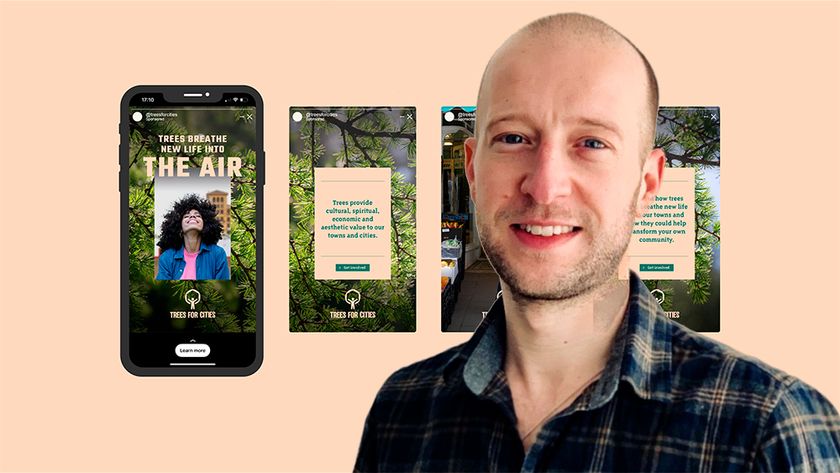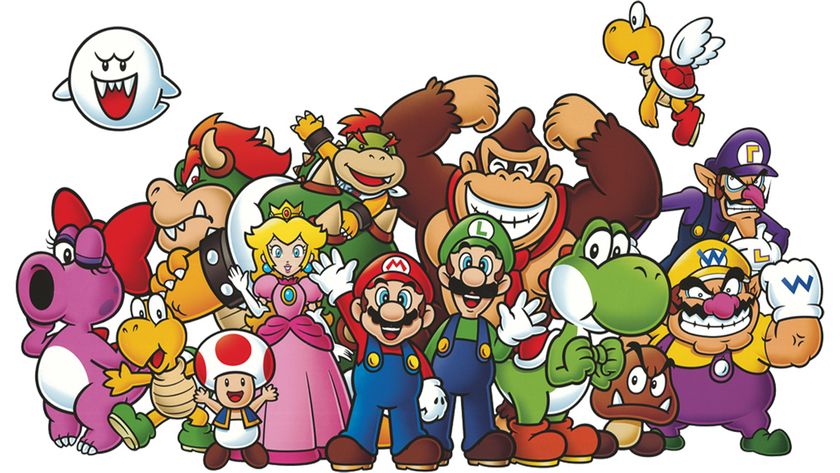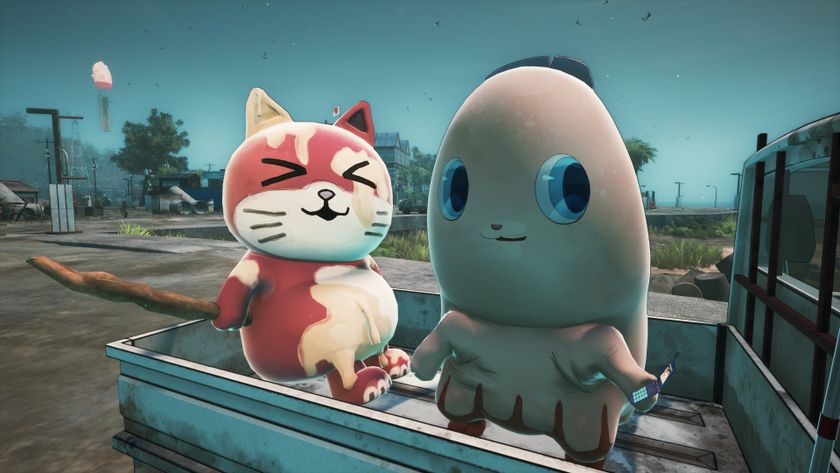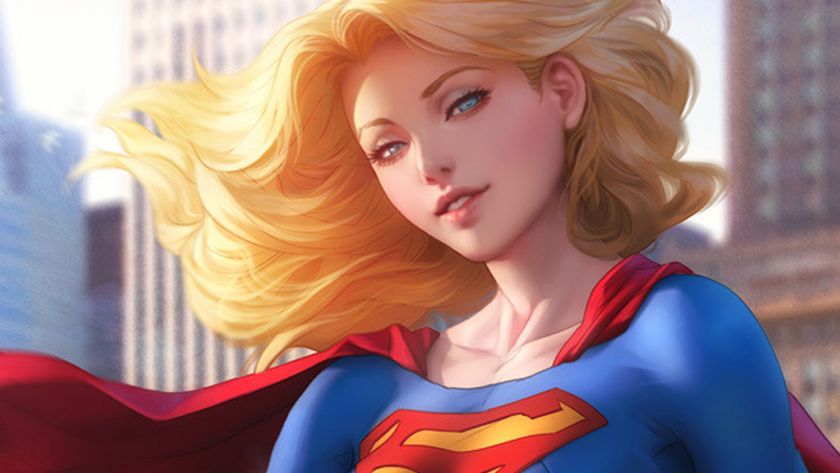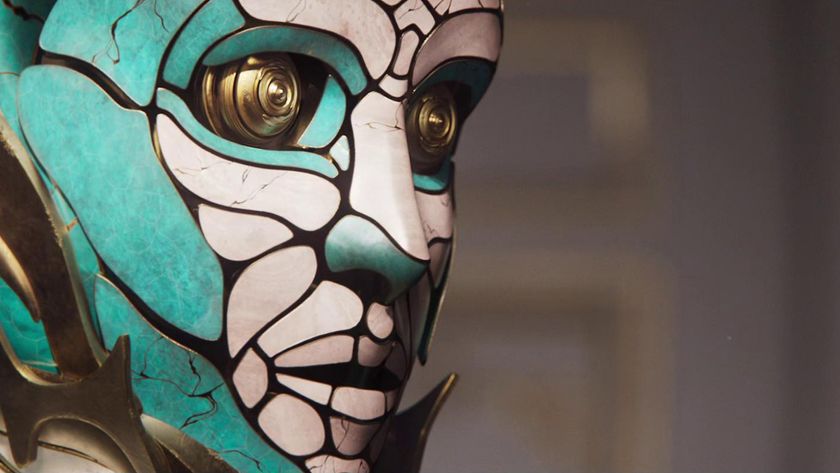How to get paid more in your design job
The design industry is in rude health, but are you getting your fair slice? We talked to the experts to help you gauge your market value.
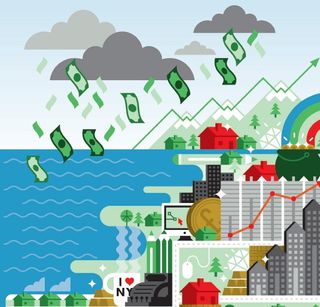
Face it. No matter your area of creative expertise or years of experience, one of the most important aspects of your design career is your salary.
Satisfaction levels, productivity and personal contentment rest on being rewarded fairly for the work you carry out. Ensuring you're earning what you're worth is absolutely vital - not just to your career aspirations, but to your personal ones, too.
So what if you feel you're being paid less than you should be? Or (just as likely) that you feel it's time to move jobs in order to increase your salary?
The current jobs market
You're not alone. In fact, the most recent Design Industry Voices (DiV) survey, an annual snapshot provided by Fairley & Associates, Gabriele Skelton and On Pointe Marketing, reveals that while the industry as a whole is in a healthy state, the satisfaction levels of agencies and individuals within it may not be quite so favourable.
Released in January 2014, the latest DiV survey highlights two factors that hold significance to workers within the industry. The first is that 53.8 per cent of respondents plan to change job within a year.
This tallies with other professional national industry averages (though is down 4 per cent year-on-year), and on its own isn't particularly revealing. Yet with nearly half of respondents (49 per cent) incumbent in their role for less than two years, it appears that unhappy employees are following through on their intentions to change their jobs and increase their pay cheques.
Confidence is returning
According to Matt Nudds of creative recruitment specialists Purple Consultancy, who has been advising and placing designers for more than a decade, the recruitment market is indeed buoyant.
Get the Creative Bloq Newsletter
Daily design news, reviews, how-tos and more, as picked by the editors.
And this is good news for those updating their portfolios in preparation for a new role: "We have found 2013 to be increasingly more successful than 2012," says Nudds. "Confidence is returning. Our clients have been much busier and winning pitches, which means their clients are spending money again and their confidence is the catalyst."
Pay rise are possible
You could assume that this means salaries and bonuses are rising at least in line with inflation. Indeed, the recent DiV survey of 2013 tells this story: "…two fifths (42.4%) have received a pay rise in the last year and almost three-quarters of those pay rises are above inflation.
Substantial pay rises of over 10% are not uncommon. Bonuses are also being awarded: 38.4% of respondents received a bonus in the last two years. This is also evidence that the industry may be emerging from the financial crisis that started in 2008."
- Also read: 6 steps to getting a pay rise
Rates vary hugely
If you feel undervalued in your current position, though it helps to get a sense of proportion. If you're angling for a promotion or pay rise it's best to make sure you're aware of the current jobs market and salary brackets. According to the latest Prospects report (March 2012), typical starting salaries for junior graphic designers vary hugely, from as low as £14,000 up to £25,000 in some cases.
A senior designer can earn anywhere from £25,000 to £45,000, while a creative director can take home up to £65,000. Taking these figures as a basic indicator, then speaking with industry recruiters means we can give a relatively accurate account of the salary banding throughout the general design sector.
So, given the industry's healthy state, if you're not earning what you're due, what can you do to get a larger chunk of the wealth? There are three clear options: get a pay rise or promotion within your current position; find a more senior position at a new agency; or go freelance.
Getting a new job pays
It might seem obvious, but changing jobs is a sure-fire way of increasing your salary. In most cases, a new job for a new employer gives you the opportunity to specify a salary increase – if the market is strong enough. And it certainly appears to be.
A return to post-recession profit (with the latest Nationwide Survey Report indicating that the sector is now 14 per cent larger than its pre-2007 peak) has generated a mean industry salary of £42,000 (compared to the UK average of £31,687 for a man) putting the design industry comfortably within the top 15 per cent of income earners in the UK.

Nudds suggests the recruitment market is healthy, and there's no better time to look to better your career and salary. "Recruitment processes have been happening much quicker," he says, "albeit when our clients can afford the time to put to their recruitment in-between their respective client demands. They have the increased business need to recruit, but not always the luxury of time due to their increasing client commitments.
"People have been made offers much faster in 2013 and the decision to accept or not is being made much quicker also. We're seeing many offers after the first interview, and three-stage processes turning into two. It's great to see for both the recruitment and creative industries alike. Although brand presence and recruitment are important and competitive, they're the first spend to be cut when pressure is on. The success of both industries is a barometer of a recovering economy."
According to the recent DiV survey, nearly 40 per cent of respondents enjoyed a salary increase in 2013. Incomes have risen for a reported 37 per cent of those surveyed and fallen for 26 per cent. Hiring and firing tells a similar picture, with 29 per cent of UK-based studios taking on at least one designer last year and just 7 per cent making redundancies.
Carve a niche for yourself
These are important facts to be equipped with when assessing whether you're entitled to a pay rise if you don't want to move jobs. As well as gauging the general health of your company, you need to genuinely believe your input is under-valued.
Assess how much value you add to the company, and quantify it in terms of revenue if at all possible. Consider the pitches you've helped win and late nights you've pulled. Now tell your boss about them and remember that asking for a pay rise is no act of savagery and no one takes it as an offence or ego trip.
Another option is to create a niche for yourself within your company. Is there an area you can help your agency champion? A new skill you can bring to the table? Think again about value and how you can add it, and then negotiate a pay rise.
This goes for general employability on a higher salary. If you can spare the time to broaden your experience to include an in-demand skill such as app development and design, or motion and 3D you can reap the financial rewards in a sellers' marketplace.
Growth areas
"I'd say at the moment that career progression is steady rather than accelerated – though UX is perhaps the exception there," says Fiona Watson, a director at Gabriele Skelton, one of the DiV report's authors.
"Design for the digital space is undoubtedly a growth area and demands good salaries. Digital creatives who have gone seriously into user experience are increasingly in demand and those with a couple of years' experience in that area can command excellent salaries and freelance rates. Motion and animation is the same."
These specialist skills still demand higher-than-average salaries, so skilling up will pay dividends. If you're already adept within these areas, then be aware of the market rate.

If, as is so often the case, you feel that you've outgrown your agency and are using high-level skills on a low-level pay grade, then it's a good time to explore your options.
If, on the other hand, you're a more experienced traditional designer, don't despair, says Watson. There's always demand for strong and experienced creative heavyweights.
"In the branding agency world, consumer branding and packaging designers are always in demand," she adds. "From graduate level upwards, there is more demand than supply there, at all levels, for the really good designers. Really strong and experienced creatives, who can art direct and design, and who have integrated campaign experience, are always sought after."
Employers need you
Remember that no employer wants dissatisfied staff, and most agencies and studios will benchmark their staff salaries to ensure they're in line with the industry and other local employers.
"It's important that we're market-competitive in that respect," says Spencer Buck, creative director at Bristol's Taxi Studio. "We don't want to be thought of as tight or penny-pinching, and conversely we don't want to be overly generous as the two extremes foster negativity.
"If we were tight-fisted our people would be demotivated, regardless of how much they love working here for creative reasons. If we were too generous, there would be the danger of complacency and taking things for granted. So the trick as a business owner is to achieve a balance. That essentially means paying people well – a fair market rate – with some flex built in for those who shoot the lights out."
Valuing talent
Taxi is a successful, reputable and growing design studio with an enviable list of clients and a brimming portfolio. As such it looks after its staff well, benchmarking salaries and offering financial incentives and rewards – further areas employees can explore if they want to up their take-home.
"We always award pay rises annually," says Buck. "As a minimum – for those that have not shown any growth in their role – it's in line with the rate of inflation to ensure their spending power doesn't diminish. We also have a comprehensive bonus scheme in place that recognises contributions above and beyond the core day-to-day roles, plus a number of other incentives, too."
In short, good employers provide incentives and pay good wages in order to get the best out of their staff. If you're at a company that doesn't recognise this, find one that does.
Better freelance rates
Somewhat surprisingly, the world of freelancers is no different to that of full-timers, though the bonus schemes and regular monthly wage packet are lacking. A strong market has helped buoy freelance rates, especially within specialist areas such as illustration, which has seen incomes increase year-on-year.
The general rules on assessing your market value are as applicable for self-employed creatives as they are for those in-house or in-agency. If you feel the service and value that you're delivering to your clients is under-rewarded, then raising your rates is entirely acceptable, especially as a rising tide floats all ships.
A range of factors can necessitate such a move – especially any increase in operating overheads – but the fact remains that it's currently a freelancer's market and rates are generally on the increase.

According to the DiV survey, one third (33.9 per cent) of respondents are freelance; and a third (34.8 per cent) have been in their current jobs for less than a year.
As one respondent comments: "The world is freelance." This means that freelance is proving an increasingly popular choice for those wanting to increase their earnings, whether that means taking on out-of-office-hours work, or going the whole-hog and setting out alone.
The future looks bright
For those entering the industry, the future certainly looks brighter than it did just two years ago. In the DiV Survey, respondents were asked about the best training for working in different fields such as design, digital, strategy and account management.
Respondents thought that 'working your way up from a junior role' was the best form of training. In the fields of design and digital, a relevant degree or training course was believed to be the best preparation by about two-fifths of respondents (47.3 per cent for design and 38.6 per cent for digital).
For Matt Nudds, gaining a promotion and climbing the corporate ladder should be the first port of call for any designer looking to gain a bigger pay packet. "Talk about the great things you do," he advises. "Let people know what you've been responsible for if it's not obvious."
It also pays to ask the right questions: "Show an interest in everything," adds Nudds. "Bring experiences outside of work into what you do at work, do something different and find inspiration everywhere – employers want someone who's going to go above and beyond and bring new things to a company, not someone who's just going to follow protocol. The industry is evolving every day – be someone who leads the evolution, don't be a passenger."
Words: Tom Dennis
This article originally appeared in Computer Arts issue 223
Liked this? Read these!
- The designer's guide to working from home
- Download the best free fonts
- The ultimate guide to logo design

Thank you for reading 5 articles this month* Join now for unlimited access
Enjoy your first month for just £1 / $1 / €1
*Read 5 free articles per month without a subscription

Join now for unlimited access
Try first month for just £1 / $1 / €1
The Creative Bloq team is made up of a group of design fans, and has changed and evolved since Creative Bloq began back in 2012. The current website team consists of eight full-time members of staff: Editor Georgia Coggan, Deputy Editor Rosie Hilder, Ecommerce Editor Beren Neale, Senior News Editor Daniel Piper, Editor, Digital Art and 3D Ian Dean, Tech Reviews Editor Erlingur Einarsson and Ecommerce Writer Beth Nicholls and Staff Writer Natalie Fear, as well as a roster of freelancers from around the world. The 3D World and ImagineFX magazine teams also pitch in, ensuring that content from 3D World and ImagineFX is represented on Creative Bloq.




